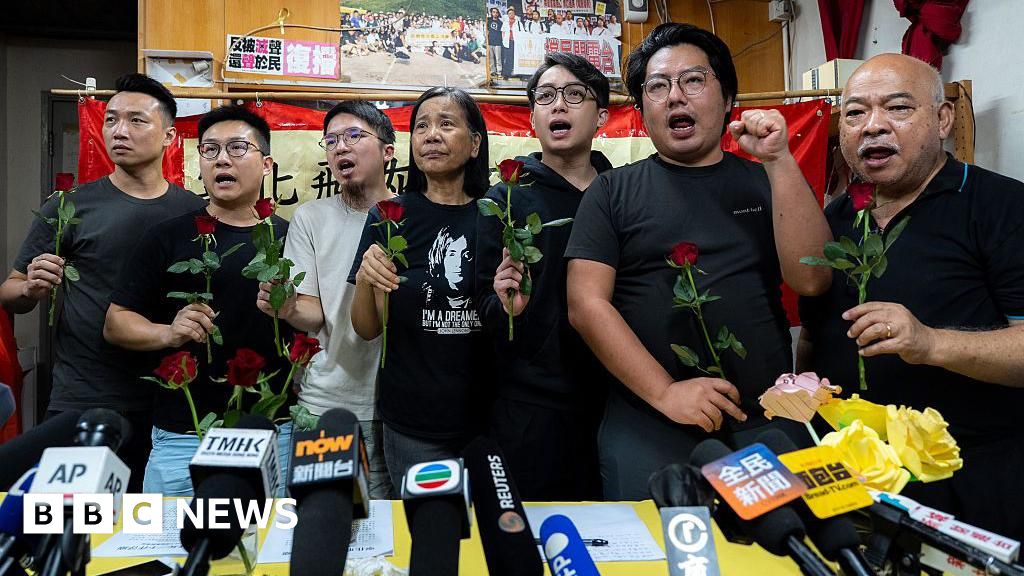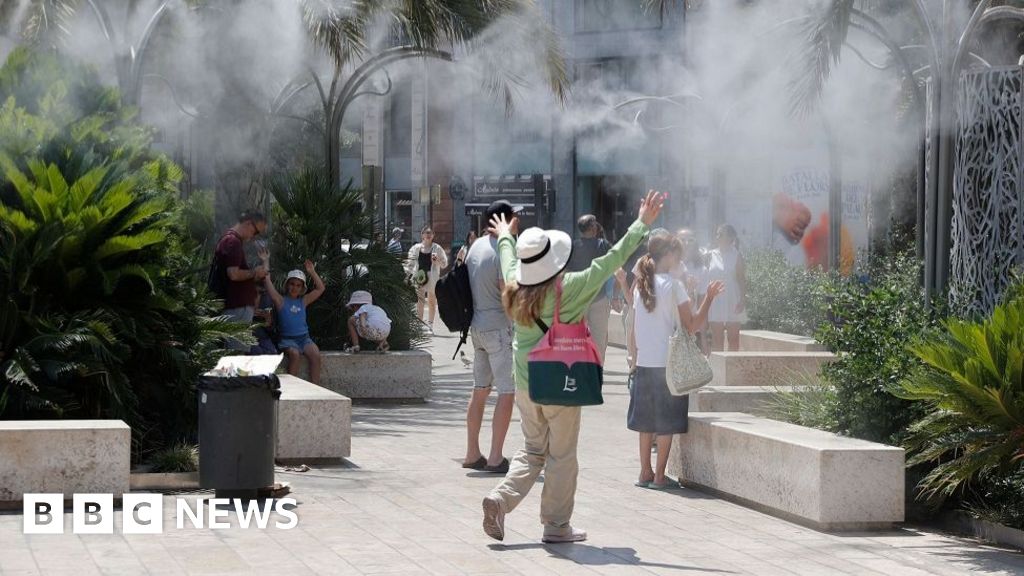Even as the United States and China take steps to rein in their trade war, Beijing is preparing for broader rivalry with Washington to continue. For China, that means its search for economic and diplomatic opportunities across Asia is unlikely to soften its tough line on its regional territorial claims and military competition.
Both sides have agreed to temporarily cut the startlingly high tariffs they had imposed on each other’s goods. But the tariff truce will not allay other grievances that Beijing has with Washington, such as over a Pentagon vow to shift military forces to Asia and the Pacific, and the continuing efforts to limit China’s access to advanced technology.
The climb-down on tariffs may open the way to a call, and a summit, between President Trump and China’s top leader, Xi Jinping. But Mr. Trump’s high tariffs have already weakened guarded hopes in Beijing that Mr. Xi could appeal to Mr. Trump’s deal-maker side, said experts who have spoken to Chinese officials and policy advisers. While Beijing will vigorously pursue opportunities in talks with the Trump administration, it will steel for a possible flare-up of tensions — repeating the pattern of relations during Mr. Trump’s first term.
“I think it validates Beijing’s view that it was correct to take a dark view of U.S. intentions — and prepare for the eventuality of a second trade war with the policies it has pursued in the years since the first trade war” during Mr. Trump’s first term, said Jonathan Czin, the Michael H. Armacost Chair in Foreign Policy Studies at the Brookings Institution, who formerly worked in the Central Intelligence Agency analyzing Chinese politics.
“My suspicion is that Beijing sees this as a tactical retreat by the U.S. rather than a more fundamental shift away from hostility toward the Chinese Communist Party,” Mr. Czin said of the tariff pause agreed in Geneva.
President Trump’s tariffs on much of the world have given Mr. Xi an opportunity to present China as a friendly, trustworthy alternative, a theme that he promoted during a recent visit to Vietnam, Cambodia and Malaysia and meetings this week with Latin American leaders.
But China’s emerging approach to the Trump era also includes flexing its power: basically, telling other governments, especially in Asia, not to expect Beijing to hold back its regional claims and ambitions.
On the same day that Washington and Beijing announced their truce on tariffs, a Chinese government policy-setting document warned that “external forces” posed increasing “threats to China’s frontier regions, border areas, and security in its surrounding areas.”
“The Asia-Pacific region has become a focus of contestation between major powers,” said the Chinese national security white paper issued on Monday. “Certain countries have been strengthening their military alliances in the Asia-Pacific, courting regional partners, forming exclusionary ‘cliques’,” it said, in a reference to the United States and its partners.
“Sure, it will continue to try to leverage the upheaval in Washington’s trade policy by presenting itself as a beacon of stability and predictability,” Richard McGregor, a senior fellow for East Asia at the Lowy Institute in Sydney, said of China. “But it will not relent in pressing its claims in the multiple sovereignty disputes it has with its maritime neighbors.”.
Early this month, a Chinese Coast Guard helicopter flew into airspace near disputed islands also claimed, and controlled, by Japan, an escalation in long-running friction over the islands, called Diaoyu by China and Senkaku by Japan. China said it was responding to a provocative flight over the islands by a Japanese plane.
This month, too, China’s Coast Guard landed on Sandy Cay, a sliver of sand in the disputed South China Sea that is also claimed by the Philippines. Their action came days before the United States and the Philippines began annual joint military exercises in the Philippines.
Above all, the Chinese government remains on edge over Taiwan, the democratically governed island that Beijing claims as its territory. In early April, the People’s Liberation Army held exercises around Taiwan to practice imposing a blockade.
China’s leaders saw no contradiction in their mix of sweet talk and hardball actions, said Julian Gewirtz, a former senior China policy official at the White House and State Department during the Biden administration.
“They believe it is precisely the moment to set the relationship with China’s neighbors — particularly those that they worry have grown too close with Washington — on more advantageous terms,” Mr. Gewirtz said. “It is a moment when they believe those states’ ability to push back is diminished and where China’s leaders can say ‘We can, yes, offer economic and technology deals and other incentives. But we also can continue to push on our territorial claims.’ And those two things coexist very comfortably in their minds.”
Rifts have opened up between the United States and many traditional allies, especially in Europe. But so far, Mr. Trump’s policies have not shaken traditional U.S. alliances in Asia and the Pacific to the same degree. Marco Rubio attended a meeting with foreign ministers from India, Japan and Australia on his first full day as Secretary of State. Mr. Trump and Prime Minister Shigeru Ishiba of Japan issued a joint statement that mentioned their shared concerns about Chinese threats to Taiwan.
“There is continuity here in this region — with Japan, the Philippines, Taiwan, Australia,” said Ely Ratner, the Assistant Secretary of Defense for Indo-Pacific Security Affairs under President Biden, said of alliance ties under Mr. Trump.
“Both sides, the U.S. and its Asian partners, are trying to silo off their defense and security relationship from the trade and tariff environment,” said Mr. Ratner, now a principal at the Marathon Initiative, a group that studies U.S. competition with China and other rivals. “The challenge now for Beijing is that most of America’s allies view China as their primary national security threat.”
China has cheered the dismantling of the office overseeing the Voice of America and other agencies promoting democracy and human rights under Mr. Trump.
But Mr. Xi and other Chinese leaders had a dim view of the United States’ intentions well before Mr. Trump entered politics. And in Mr. Trump’s first term, shows of bonhomie between him and Mr. Xi gave way to a trade war, then an agreement that faltered, with Washington accusing China of not honoring its side of the bargain. There was also acrimony over the origins of Covid, U.S. controls on technology exports, and each sides’ military aims.
This time, the mutual back down on tariffs will not dispel deep distrust between China and the United States, said Shen Dingli, a scholar of international relations in Shanghai. If both sides keep dialing back on their trade disputes, relations may improve for a year or two, but then are likely to worsen again, Mr. Shen said, “because we have too many points of disagreement.”
Source link

















